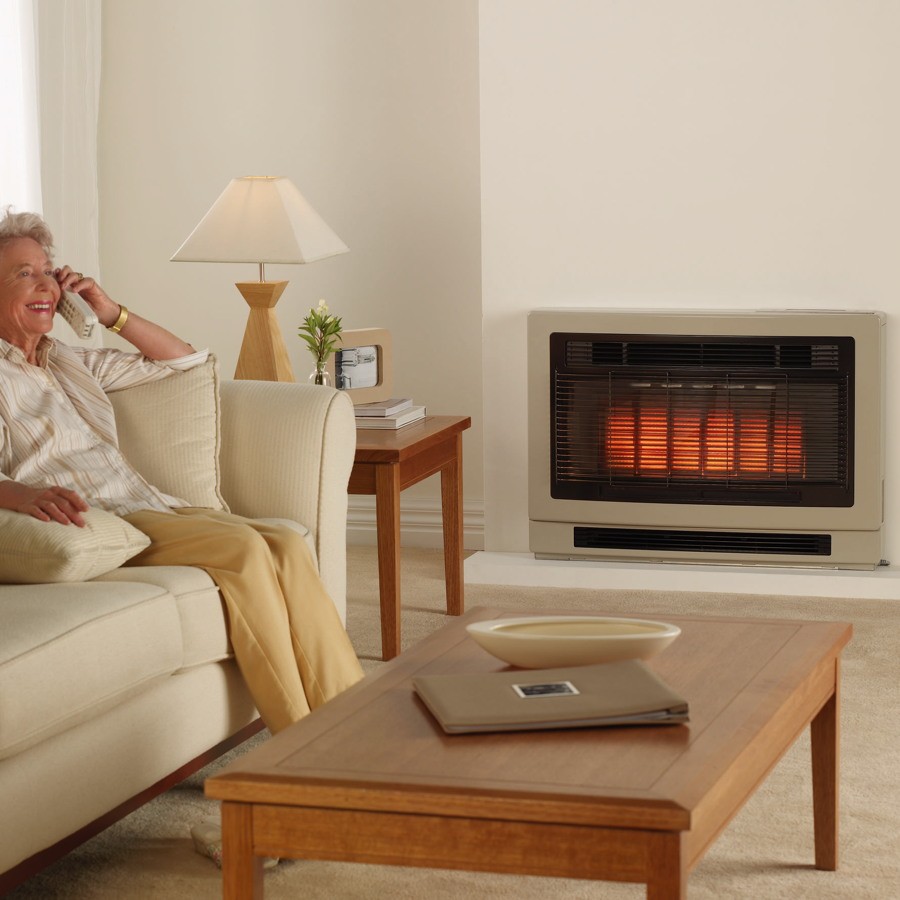
If you are relying on a portable gas heater for warmth this winter, you need to be aware of the potential hazards involved. If you are using your heater correctly and it has been regularly maintained, there should be no need to worry about using it in your home. However if your heater is faulty or is being used incorrectly, you may be at risk of carbon monoxide poisoning.
Often referred to as the ‘silent killer’, carbon monoxide is formed when gas is not burning properly. Carbon monoxide is colourless, odourless and tasteless, which means it is impossible for the human body to recognize.
Here’s some tips to ensure you and your family remain safe this winter:
Ensure there is adequate ventilation – do not seal up doorways, windows or vents. If your heater is flued (that is, is has fixed duct work, piping or chimneys to vent by-products outside), you need to make sure the flue is not obstructed or blocked in any way, and that there are no holes in the flue. Unflued heaters require permanent vents to be installed in the room the heater is being used in. These types of heaters should never be used or installed in bedrooms, bathrooms, caravans or boats.
Make sure you are using the right size heater – using a heater that is too big for the space you are trying to heat not only uses unnecessary energy but can also mean there is excess pollutants in the air. Speak to your local heater supplier or use an online calculator to work out what size heater you should be using.
Keep an eye on your heater – make sure you check your heater regularly, looking for any signs of heat damage such as discolouration of the walls or soot stains. If the pilot light goes out or there is ‘pop’ or ‘bang’ noise when lighting, your heater needs to be checked by a professional. You should also keep an eye on the colour of the flame - pilot lights and burners should produce a blue flame, so if the flame is yellow or red, call a licensed gas fitter.
Keep flammable materials away from your heater – this includes clothes, paper or any other flammable material. Do not spray aerosols near operating gas appliances, as the gas in aerosols can be a fire hazard.
Signs of carbon monoxide poisoning - If you experience any of the following symptoms, or these symptoms worsen, while using your heater, it is possible they are being caused by a faulty gas heater: tiredness, headaches, weakness, confusion, dizziness, shortness of breath, nausea or chest pain. If you suspect you may have been affected by carbon monoxide, you should open the windows and doors in your house, turn off the heater and go outside for fresh air. Always seek medical advice from your doctor.
For further information or advice on using gas heaters in the home, speak to your local gas specialist.
Hi there,
Would you like to receive home decor
ideas and DIY tips to your inbox?
Subscribe to our mailing list!

